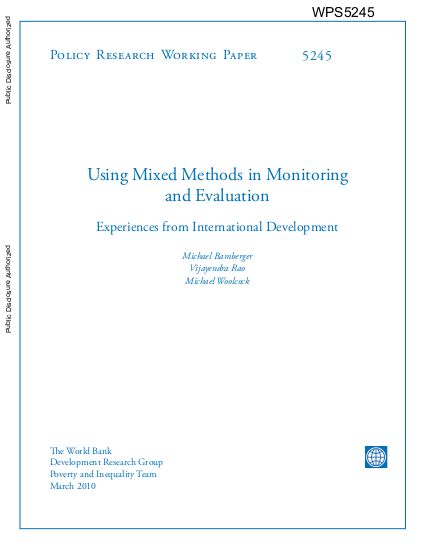
In recent years there have been increasing demands to measure the effectiveness of international development projects. This demand has emerged in response to two concerns: (1) Heightened criticism that most development agencies report only their outputs (e.g., number of teachers trained, kilometers of roads built) rather than outcomes; and (2) Concerns that, despite assurances that development resources have contributed to the reduction of illiteracy and poverty, little reliable information has actually been presented to show that this is in fact the case. This has led to a demand for more effective and innovative ways to monitor and evaluate the nature and extent of impacts stemming from development initiatives.